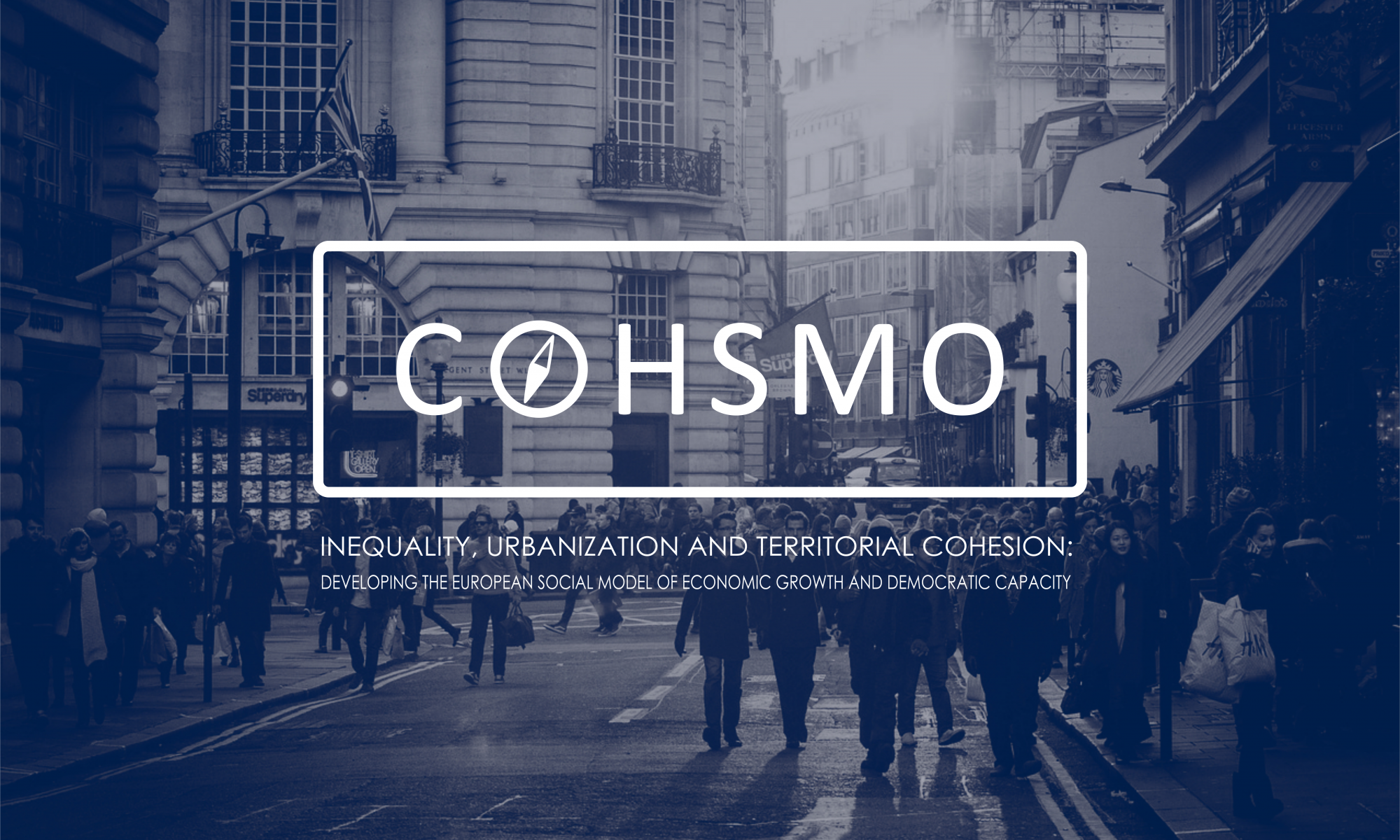The case studies chosen by the Italian Team are Milan, Legnano and the Oltrepò Pavese district. All of them are located in Lombardy region in Northern Italy, one of the wealthiest regions in Italy, though connoted by a strong territorial heterogeneity. As Italy is characterized by high levels of institutional fragmentation, scarce vertical and between-regions coordination, and a weak role played by central government holding responsibility in the fields of active labour market policies, vocational training, childcare policies and social services systems, the Team chose the three case studies within the same region in order to better understand the different outcomes in terms of social and territorial cohesion according to different urbanization patterns.
Oltrepo Pavese (Rural Case)
Oltrepo Pavese is the selected rural case. It is located in the Province of Pavia, in the South-West of the Region. Its location is rather remote from the main metropolitan areas and it has in general a quite low level of accessibility. Due to its geographical position, lack of accessibility, the ongoing depopulation and the growing concentration of elderlies, the area has been selected by central government as one of the targets for the National Strategy for Inner Areas (co-funded by the Region Lombardy). The district comprises 15 small municipalities with a total population of 34,000 inhabitants with an economic sector mainly relying on agriculture and artisanal activities.
Legnano (Suburban Case)
Legnano is located on the west of Lombardy region. This city is part of a territorial corridor comprised between three rivers (Lambro-Seveso-Olona), intensively urbanized and with a high population density. Its suburban position within the territorial hierarchy of the metropolitan region is clearly shown by its high functional dependency on Milan (as shown by huge daily commuting flows). Nevertheless, this dependence is counterbalanced by the centrality of Legnano within its large surrounding area, called Alto Milanese. Its big size (60,000 inhabitants), the distance from Milan (more than 30 km), and the strongly locally rooted social and economic role, makes the city an interesting case of network-based suburbanization.
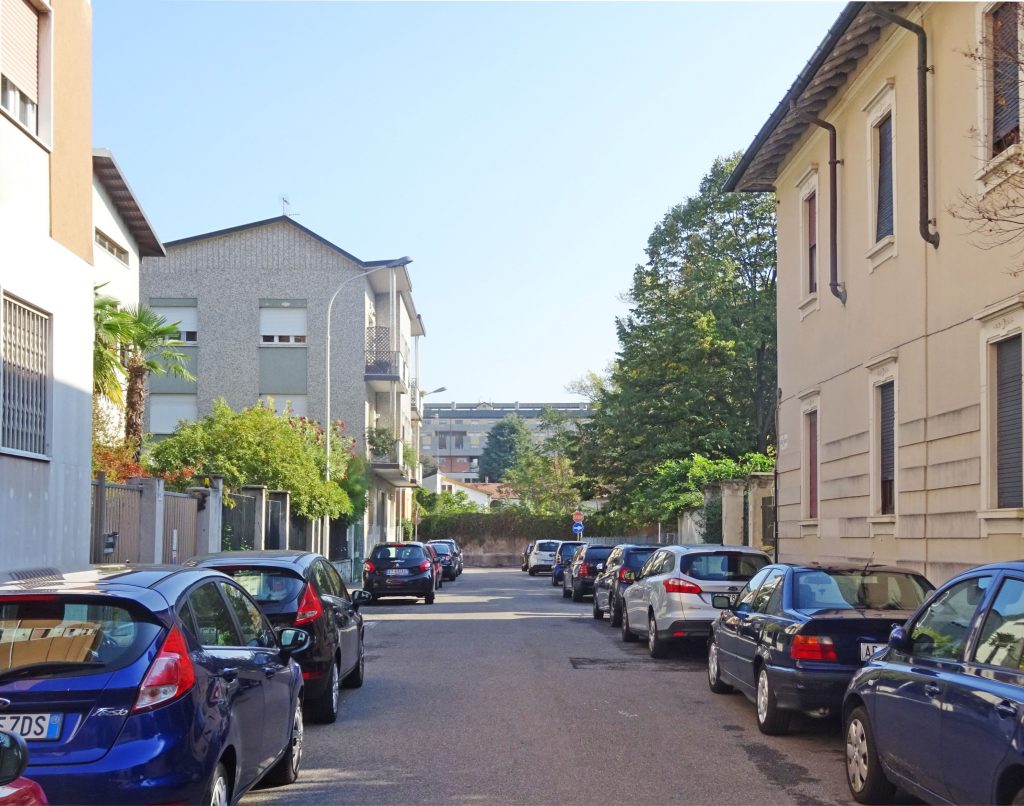
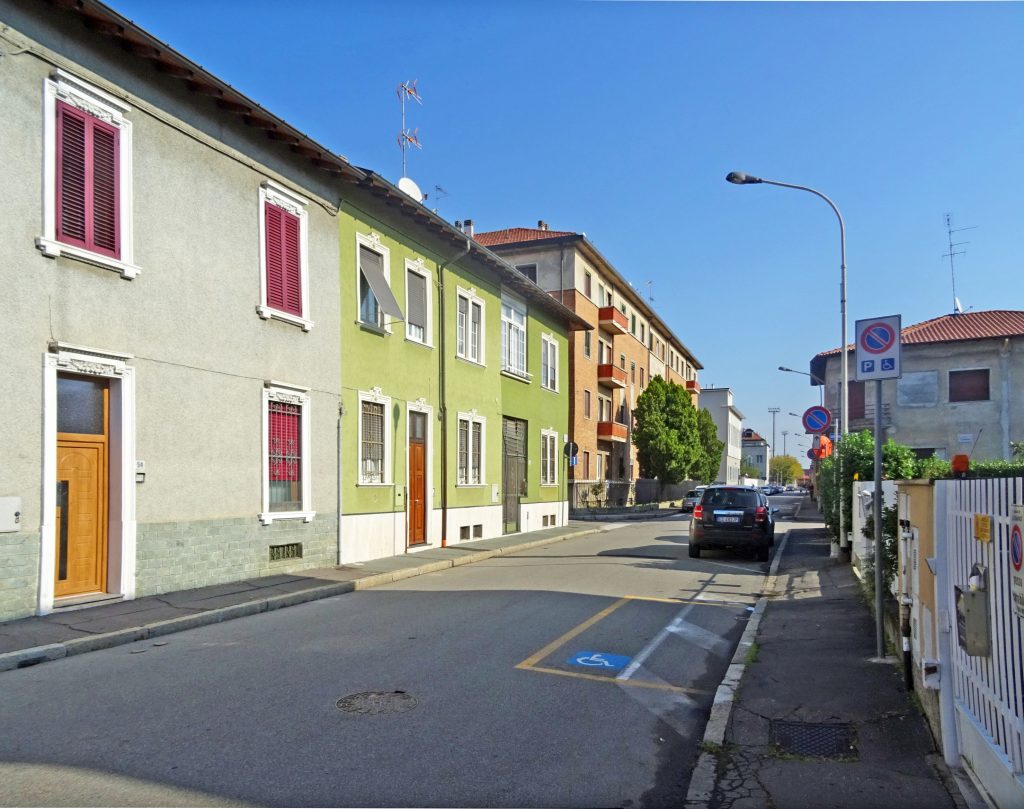
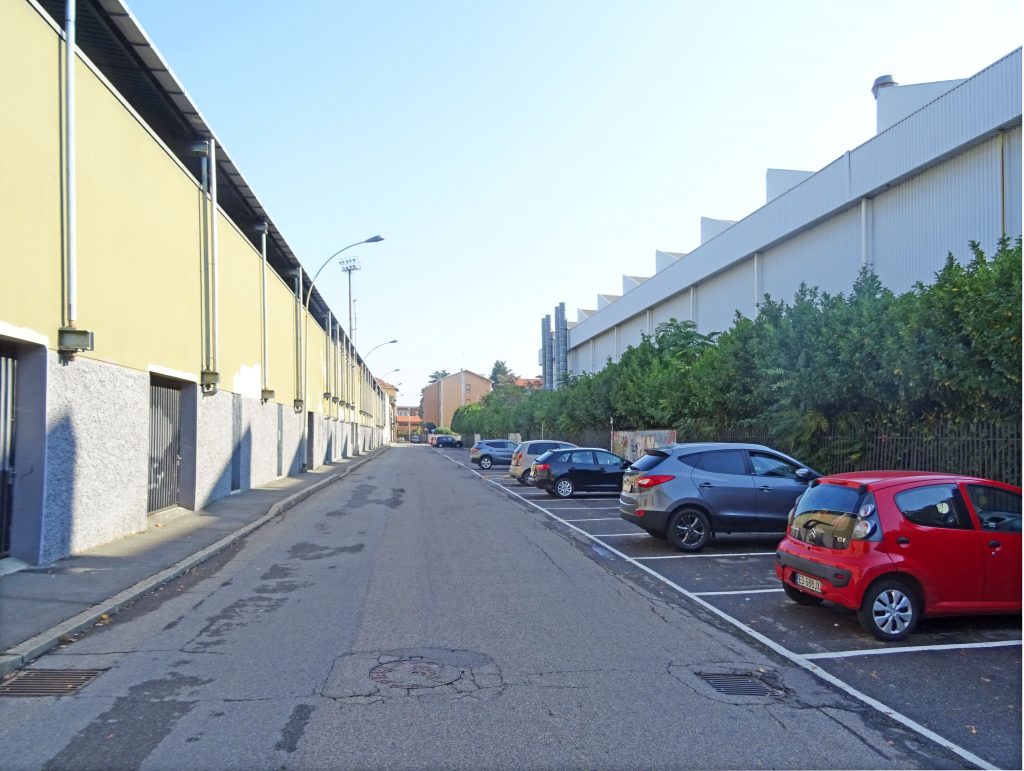
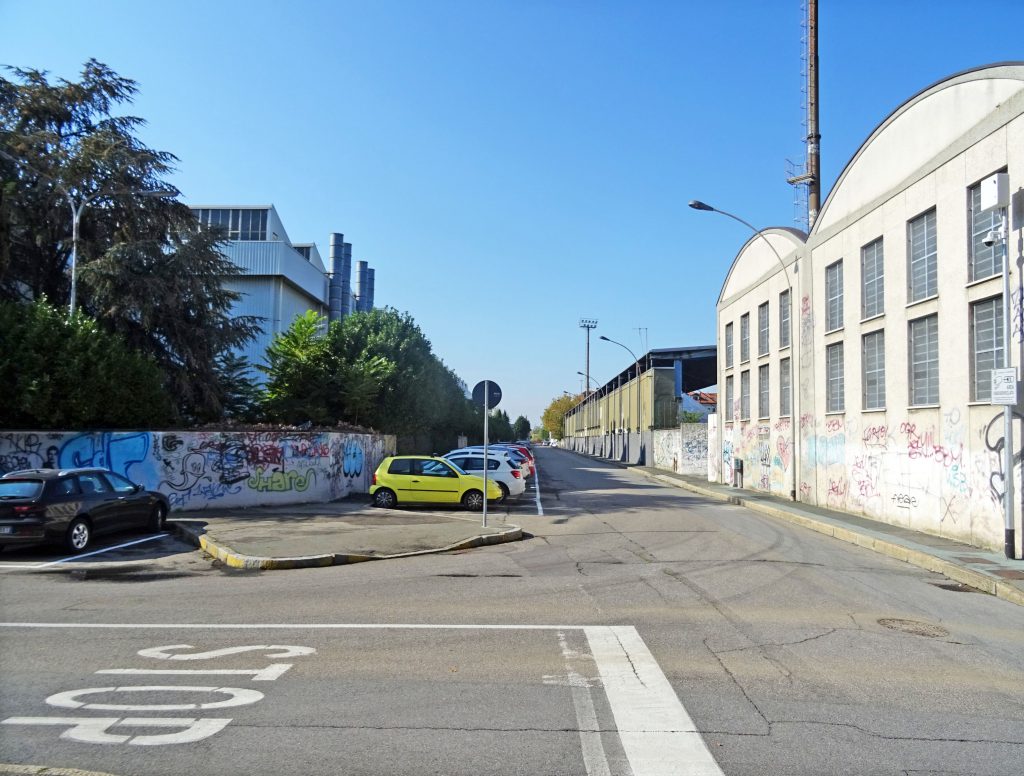
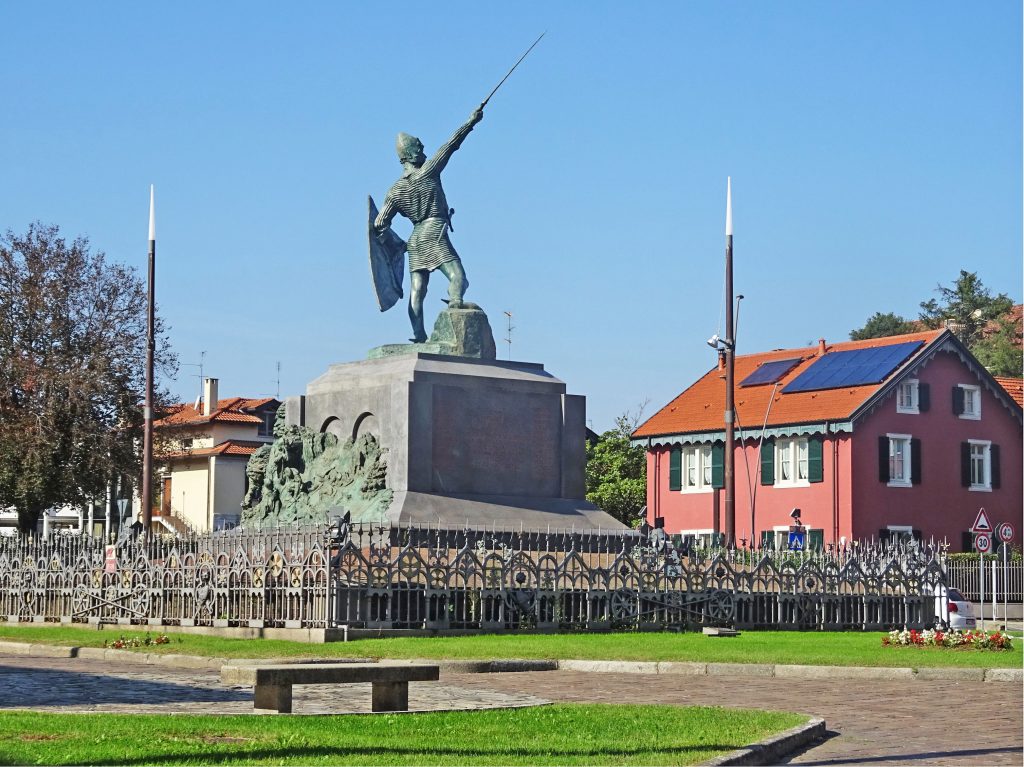
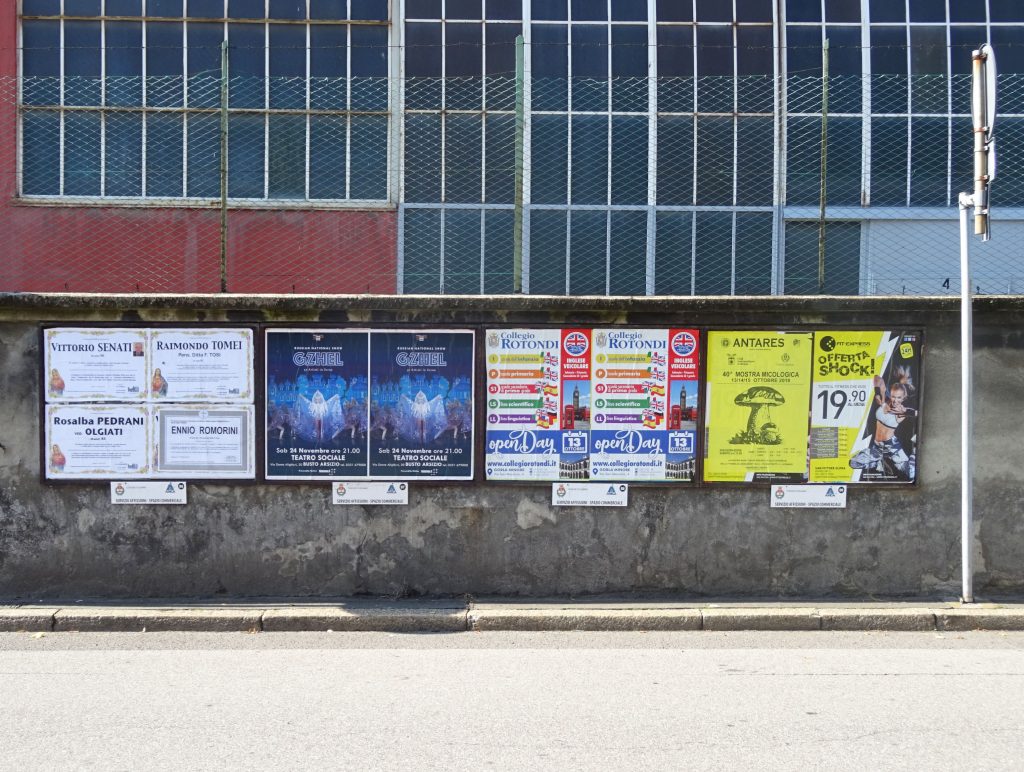
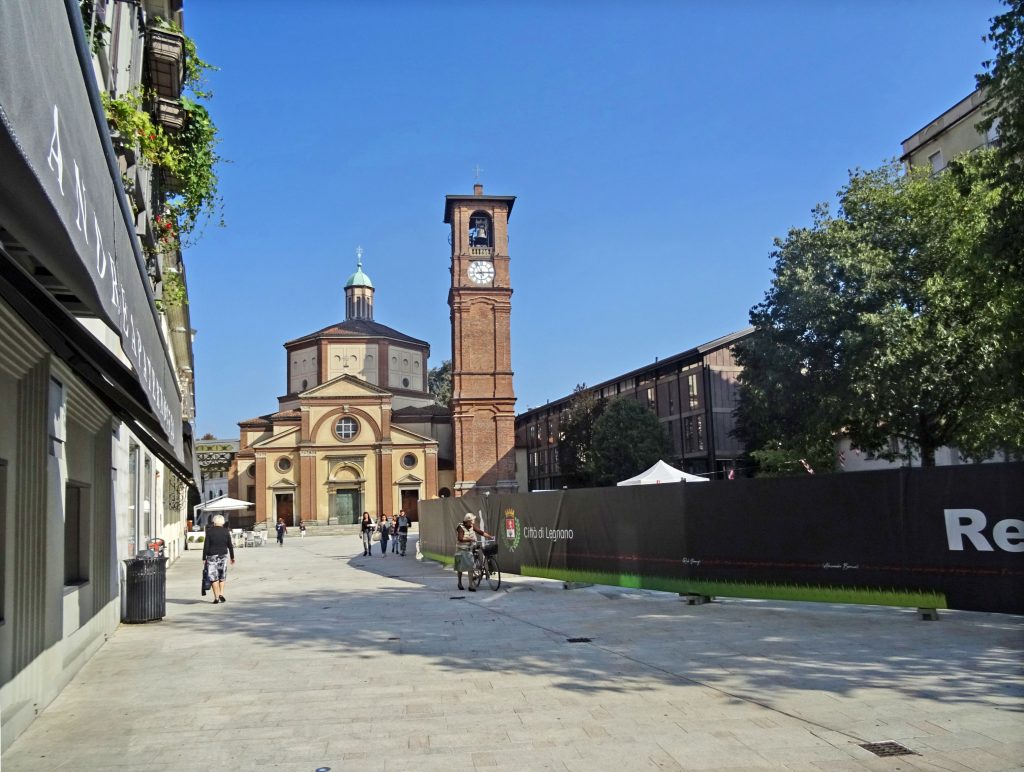
Photo-credit: Gloria Pessina
Milan (Urban Case)
Milan is the most natural choice for the urban case in Lombardy as it is the only metropolitan area within the region. Policy innovation promoting city’s economic growth and attractiveness has been well developed in the last years allowing for the city to perform better than the national average in terms of mobilisation of territorial capital during recent financial crisis. Milan has also a strong tradition of inclusive welfare policies and services carried out by a number of public-private partnerships which can rely on a significant amount of financial resources dedicated to their implementation. However, the fact that inequalities have not been reduced makes Milan an interesting case looking at the relationship between social cohesion and the economic growth it has experienced.
